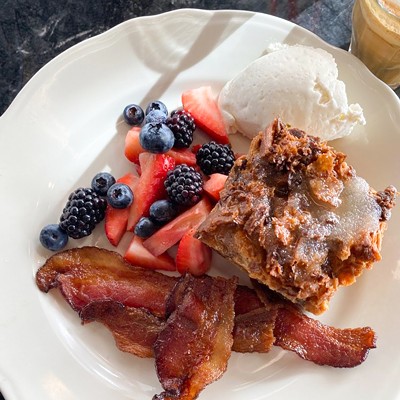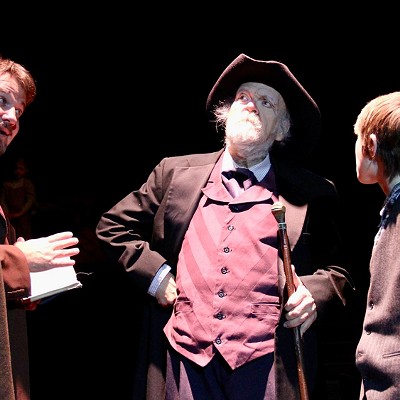A 10-month survey that included 324 people across varied demographics illustrates the problem with attracting new participants to the arts, said Sharon Astrin, community arts program director for Arts Council.
The programs are available and the desire of citizens is there, but bringing the groups together has been a challenge.
“There are big parts of demand and big parts of supply bypassing each other,” she said.
As a result, Arts Council has become a broker between available arts programs and those interested in participating, which includes everyone from public school students to senior citizens.
“There are so many arts groups that it can be confusing, so we’re trying to create an awareness of what’s available and making sure it is affordable,” Astrin said.
Robbie Kienzle, arts and cultural affairs liaison for Oklahoma City, said she believes everyone is a budding artist.
“All of us have a toolbox, but if the tools aren’t used, the doors are closed,” she said.
The survey found that arts groups know little about local charitable organizations, especially those that focus on the underserved, and their desire for arts and creative activity. Conversely, survey consultants discovered the 350-plus nonprofit service agencies in OKC and the 139,000 people considered impoverished have “little or no knowledge about arts outreach opportunities.”
Because the public is not well informed, the consultants urged Arts Council to develop a comprehensive strategy and web-based directory promoting community arts education opportunities.
Partnerships
Currently, the Community Arts Program (CAP) partners with more than 10 organizations while serving 17,000 people at 40 metro sites, including libraries, parks, public schools and neighborhoods.
Still, researchers recommended Arts Council solidify its current programs so they become demonstration sites and models for others. Another recommendation involves the expansion of the CAP to more underserved populations in OKC locations. As a result, the agency would expand its Arts After School program to seven more public schools in the fall.

Funding for it will be absorbed through Arts Council’s general fund budget and donations. Agency executives also have talked to potential corporate sponsors.
By adding the new schools, the after-school program will be at a total of 16 sites. In each case, a professional teaching artist works with children twice a week with emphasis in various arts disciplines, such as dance and movement, painting, storytelling and interactive musical theater.
“This is not a make-and-take program. It is participatory, hands-on, where the students learn something new,” Astrin said.
One survey question hammered home the need for additional after-school programs. Researchers discovered that young people spend their time after school playing sports, watching TV or playing video games or “just being home.”
Fun for adults
The CAP isn’t just for kids, however.
Survey results showed adults are interested in creative activities ranging from rapping (5 percent) to culinary arts (60 percent) and photography (66 percent). A large number of respondents also expressed a desire to learn more about painting, theater/acting, playing an instrument, world cultures, singing, writing, crafts and storytelling.
Broken down by race, 50 percent or more of Latinos favored photography (61 percent), culinary arts (54 percent), arts and world cultures (54 percent), playing an instrument (54 percent) and singing (50 percent).
Meanwhile, African-Americans ranked nine art forms as favorites, including jazz (68 percent), arts and world cultures (67 percent), reading/literature (62 percent), theater/acting (60 percent), photography (59 percent), culinary arts (55 percent), singing (55 percent), painting (51 percent) and writing (50 percent).

Caucasians ranked six art forms as favorites with photography at the top with 68 percent, reading/literature (61 percent), culinary arts (61 percent), painting (59 percent), arts and world cultures (57 percent) and theater/acting (56 percent).
Other survey results showed Latinos are the most interested in creative opportunities while Caucasian respondents were the least interested. Affordability and transportation were bigger issues for Latino and African-American respondents than for Caucasians.
The top three sources of information about community activities are the Internet, friends and newspapers, the survey showed.











